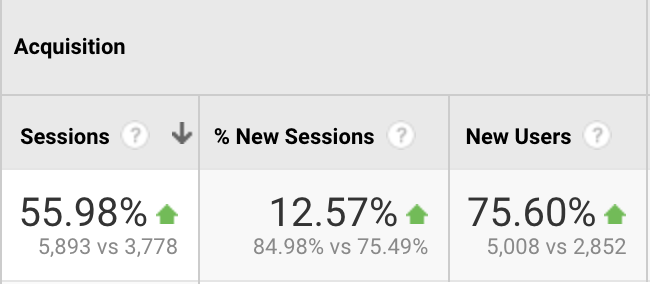Case Study
A-Z Tradie SEO Campaign

by Tom Richards - Lead SEO & Director
SEO can be a challenging and ever-changing field, making it hard for businesses to grasp how it can enhance their online presence. However, successful SEO campaigns are built on a few fundamental elements. To simplify the process and show how a well-designed $2,000 per month SEO campaign can yield results, we’ve broken it down into bite-sized pieces that anyone can understand.
#1
In Google Maps area wide
56%
Increase in organic Traffic
22%
Increase in phone calls from GMB
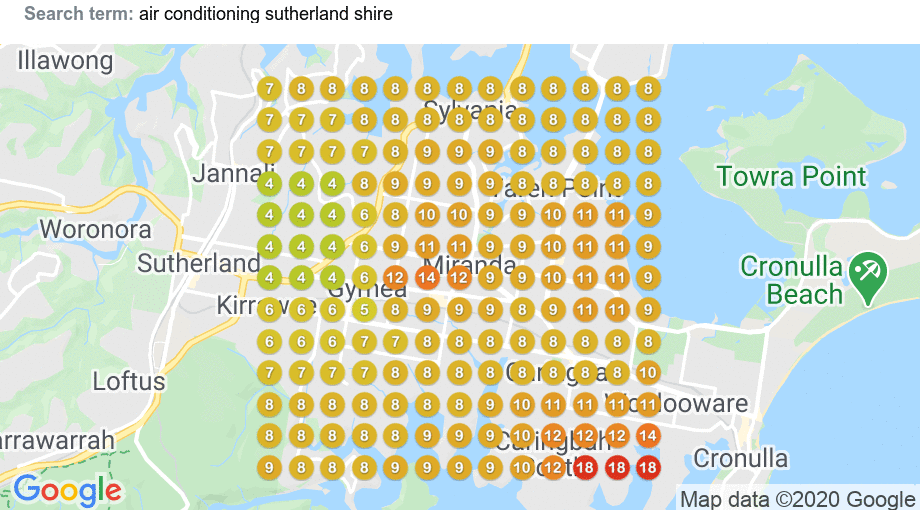
Table of Contents

Strategy
Our SEO campaigns focus on key ranking factors and follow best practices. While techniques may overlap and vary in complexity, a basic SEO strategy is built on these essential elements and a sequence of actions.- On-page Optimisation
- Website Quality Audit
- Keyword Research
- Backlink Planning
- Content Creation
- Image Optimisation
- Technical Optimisation
- Site Structure
- E-A-T
- Website Speed
- Google My Business
- Audit
- Optimisation
- Photos
- Posting
- Website
- Link building
- Social Accounts
- Citations
- Guest Posts

Onpage SEO
On-page SEO is more than just content and keywords; it involves optimizing website pages to make them easily understood by search engines, improving rankings and increasing organic traffic. With full control over on-page SEO, it’s crucial to focus on factors like keyword research, high-quality content, meta titles and descriptions, multimedia optimization, formatting, and internal and external linking. Neglecting on-page SEO can lead to competitors outranking your site and a significant drop in click-through rates.
Website Quality Audit
To identify pages needing optimization and the right strategies, we begin our SEO process with a detailed website quality audit, using excellent resources like Ryan Stewart’s The Blueprint Training. This audit involves collecting relevant data from the client to guide our on-page optimization efforts.
- URL
- Page category
- Page depth
- Page in sitemap
- Main KW
- Volume
- “Best KW”
- Our ranking
- Impressions
- Sessions
- Goal completions
- $ Conversion rate
- Goal conversion rate
- Bounce rate
- Avg time on page
- Backlinks
- SERP CTR
- Current title
- Current meta description
- Current H1
- Word count
- Status code
- Index/No index
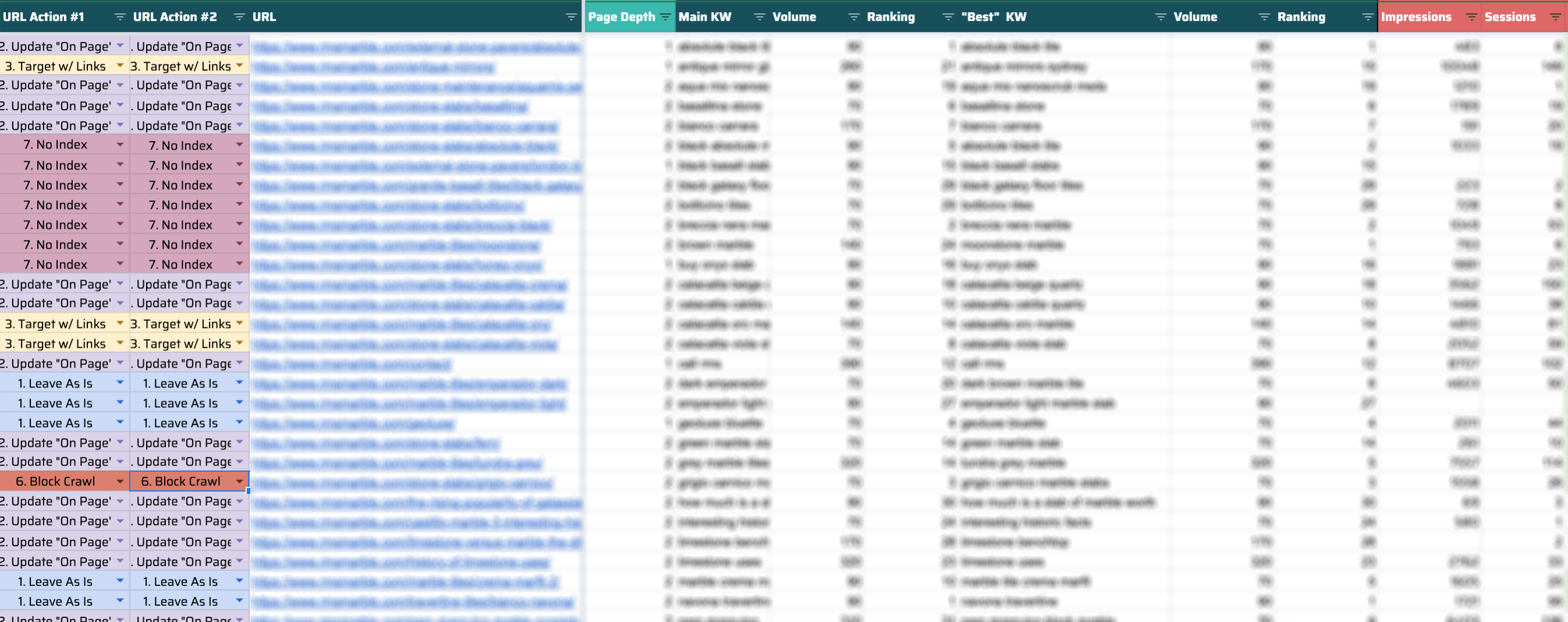
After we’ve collected all the relevant data, we analyse each specific page and then proceed to make updates where required as seen in the URL actions #1 and #2.
The most common URL actions include:
- Updating the on-page
- Targeting the page with links
- 301 Redirect to new URL
- No index
- Leave as is
Keyword Research and Backlink Planning
Once we have identified the pages that require on-page updating, the next step in the process is to conduct keyword research for those specific pages. We’ll also inspect the top 3 competitors for each keyword to see how many backlinks they have built.
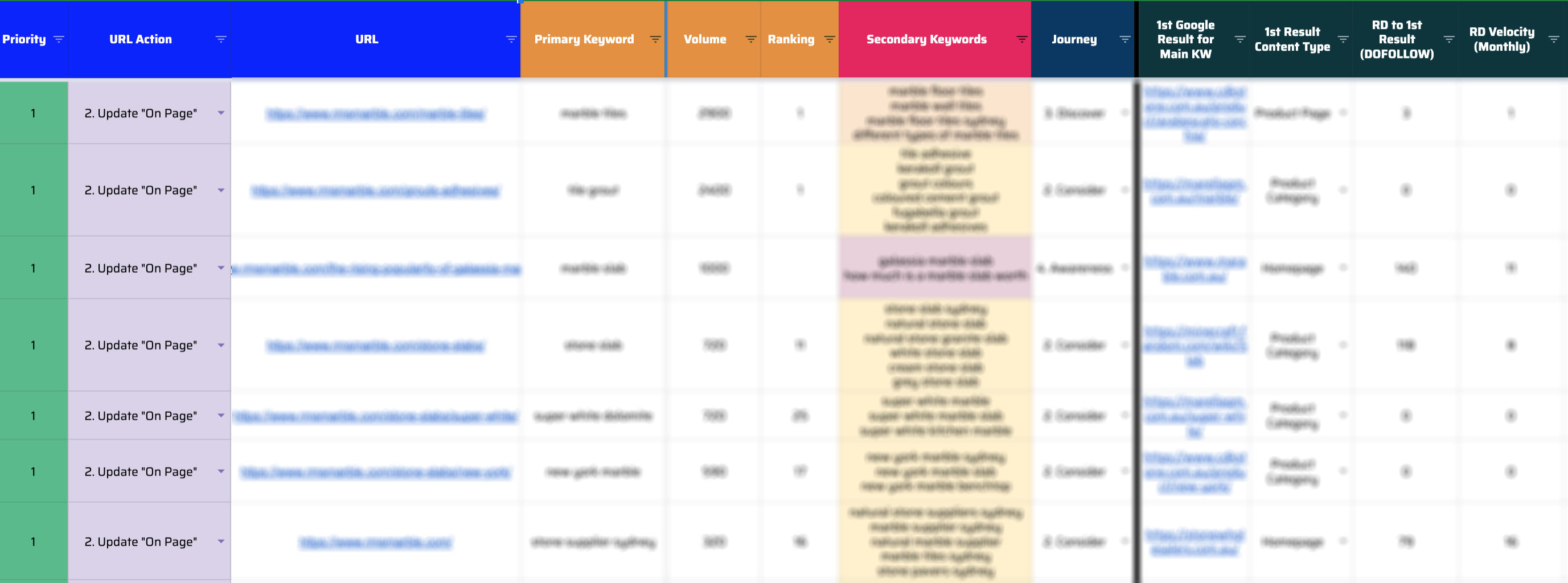
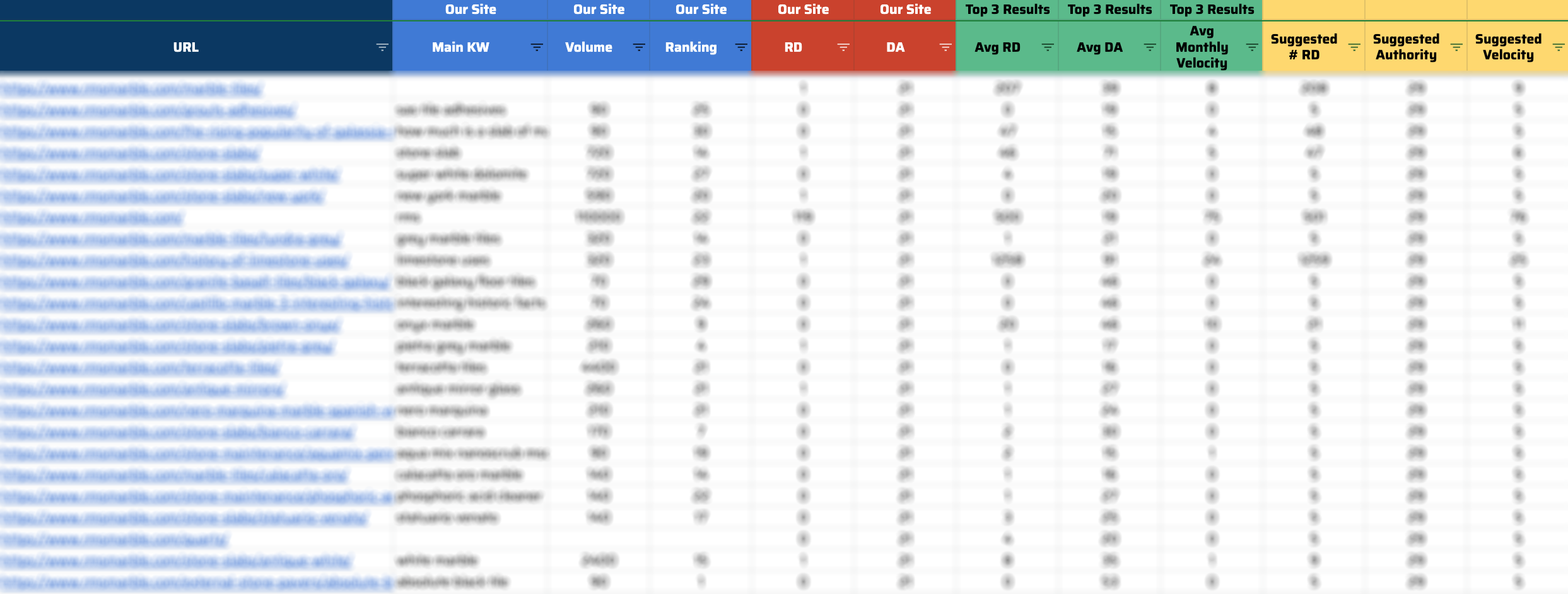
Once complete, the sheet will tell us how many backlinks we need for each target page, which will later allow us to set our link building strategy into motion.
On-page SEO Optimisations
We place a special focus on perfecting the three elements of on-page optimisation:
- URLs – we make sure URLs are simple, short, and descriptive.
- Meta Titles – we create effective meta titles that drive clicks.
- H1 [Heading 1]– we use strong H1s to help search bots figure out what each page is about.
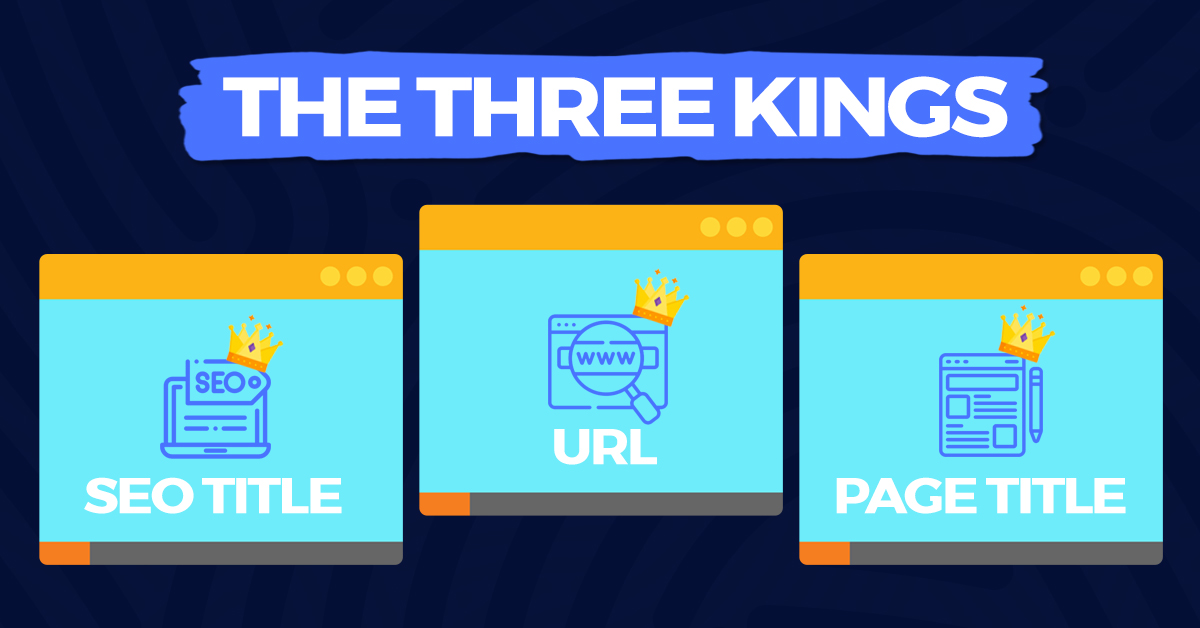
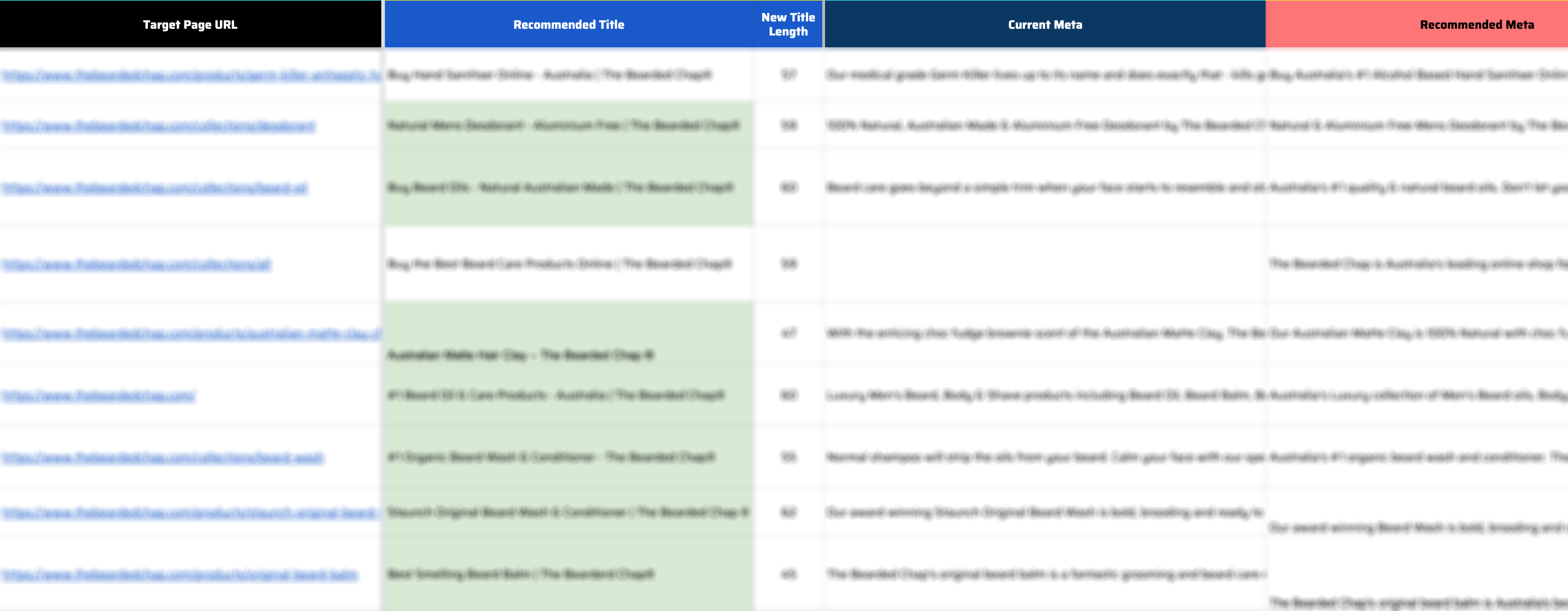
Other on-page optimisation aspects we address during this phase of the SEO process include:
- Recommended word count
- Meta descriptions
- Framing keywords for the writers
- Internal Links
- Image alt text
Additionally, we run a Page Optimiser Pro report on the home page to get an understanding of how the current on-page optimisation has performed.

Page Optimiser Pro is a very effective SEO tool that compares a site with the top 10 competitors for a specific keyword, measuring a variety of on-page signals such as keyword density, word count, and more.
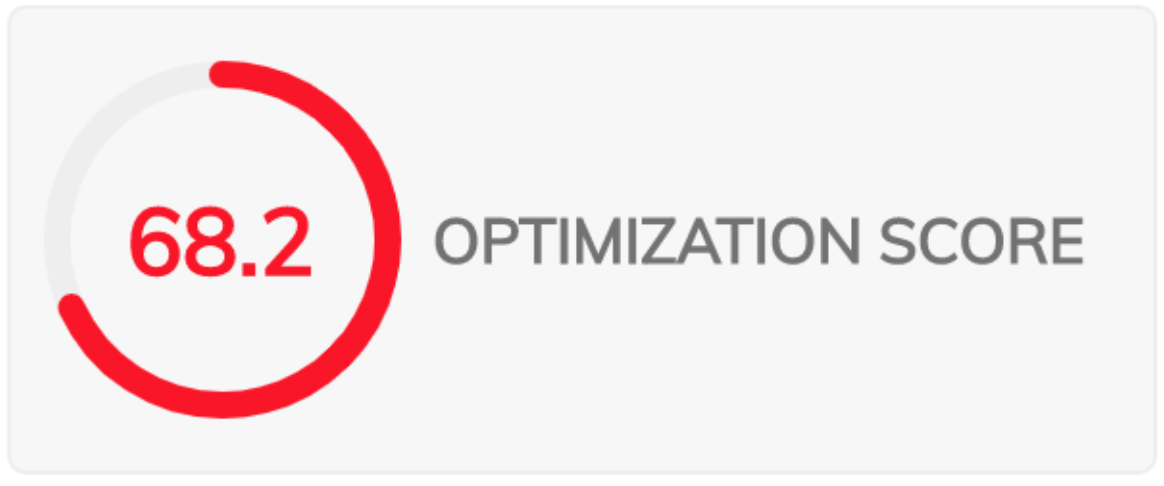
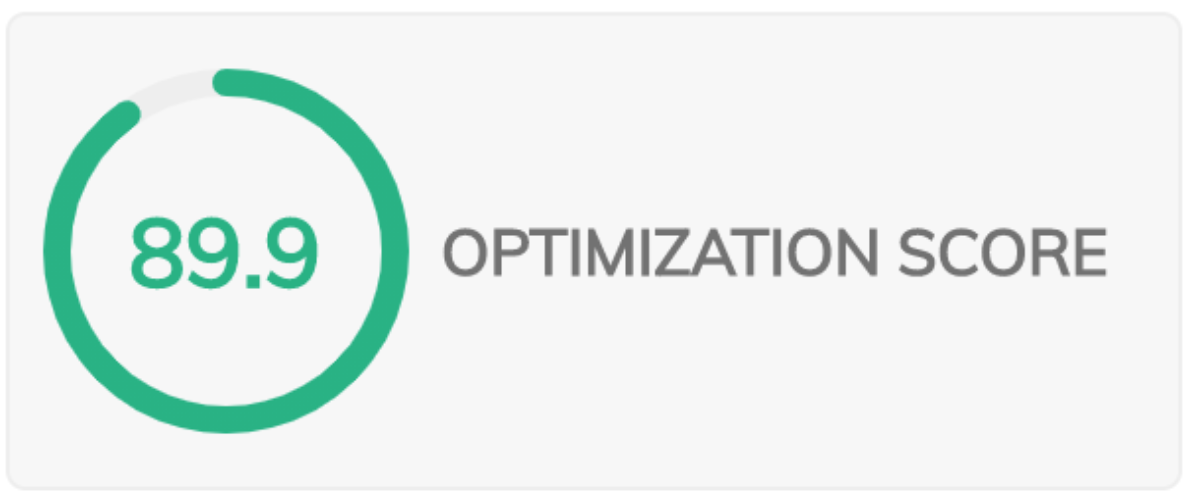
Page Optimiser Pro helps us make sure we have all our bases covered on the main target page. In this specific case, it was the home page as it targets the main keyword. After we finalized the on-page optimisations mentioned previously, we got an optimisation score of 68.2, which marked a significant increase, but there was still room for improvement. So, we went back and implemented a few more of its recommendations to achieve a score of 89.9.
At this point of the SEO campaign, we have completed the following tasks:
- Website quality audit
- Keyword research
- Target pages for link building
- On-page optimisations

Content Creation
The site had a strong foundation of service page content, so we focused on three content creation strategies:
- Enhancing existing content: After analyzing the site with Page Optimiser Pro, we expanded pages with insufficient content (less than 800 words) to meet Google’s quality standards and improve rankings.
- Creating suburb pages (Suburb SILO): For service-based businesses visiting customers, we create suburb pages for their service areas. This involves grouping related pages and identifying top-performing keywords to determine top pages in the silo, like “Air Conditioning Sutherland Shire” in this case.
This graphic shows you how the site structure will look like:

In this case, the homepage served as the area page, but website silo architecture can be more complex. For national campaigns, it’s best to use areas → cities → home page.
This structure serves three main purposes, all aimed at generating more leads:
- Building suburb pages and linking them to the area page enhances relevance for area page keywords, which typically have higher search volume than suburb pages.
- Creating inner pages mentioning locations improves the business’s visibility on Google Maps.
- The silo structure helps rank for keyword + suburb pages in the SERP, increasing website traffic as optimized suburb pages are indexed and ranked by search engines.
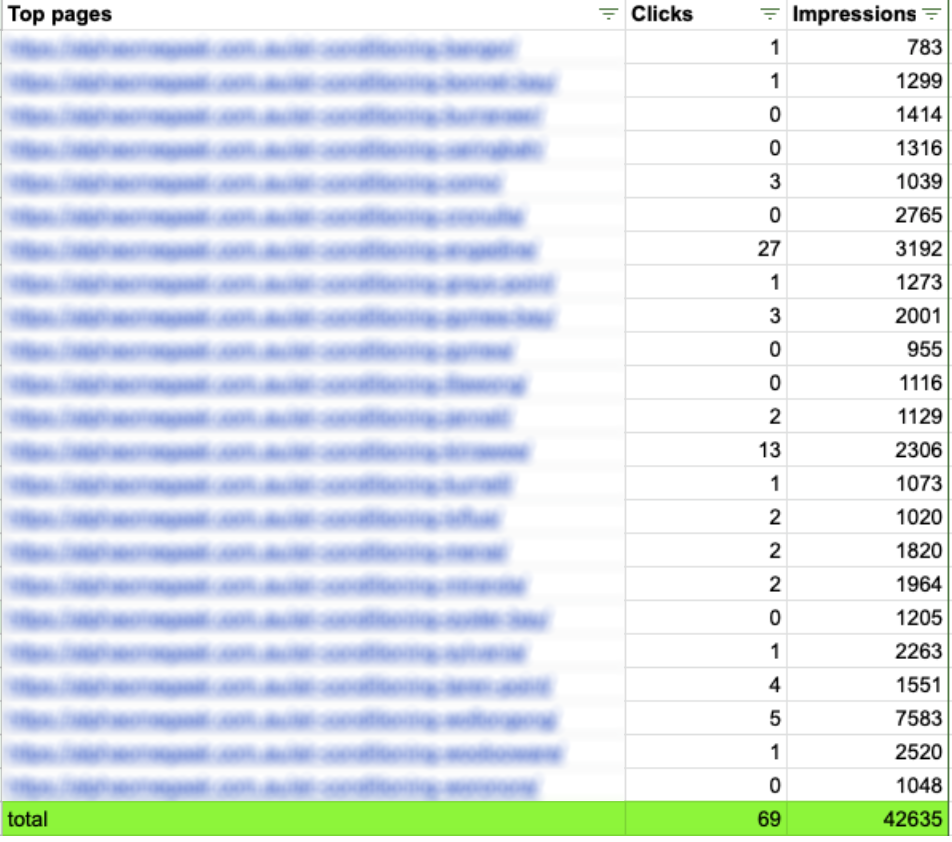
The ultimate goal is to build topical relevance for the pages we targeted, which we’ve done by ranking in main keywords and their variations. That brought in an additional 69 clicks. If we consider a 10% conversion rate, that’s almost 7 jobs over one year.
How SEO silos are built
There are two methods to build a silo structure:
- Manually –a practice suitable for building less than 15 pages
- Automated– better for building over 15 pages
While the first method is more time consuming, it also requires less technical skills.

Geo pages contain specific information about areas where a business offers its products/services, helping to attract a local customer base and rank for each serviced location.
There’s creative freedom in building geo pages. For example, in the construction industry, pages can list the best hardware, tool, or plumbing stores in a location. Alternatively, a geo page can showcase a completed job in a target area, detailing the process, results, and images with metadata for added relevance.
Creating geo pages can be simple and straightforward, involving informative content such as location history, things to do, or top cafes and restaurants. These pages should link back to the area page to maintain an SEO-friendly site architecture.
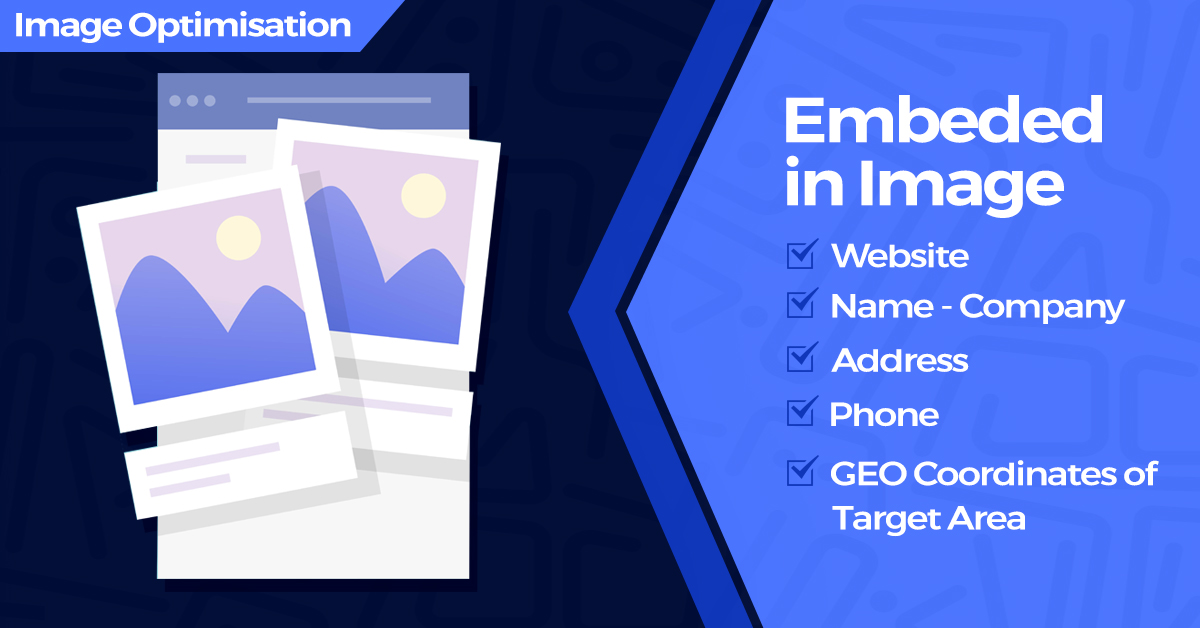
Image optimisation
Image optimization is crucial in SEO, as visual content’s importance has grown significantly. Optimized images make websites more accessible, appealing, and engaging for users and search engines. Geotagging images builds location relevance, and keyword-rich titles improve rankings.
Optimized images also enhance page speed, contributing to a great user experience, which is linked to SEO rankings and conversions.
The image optimization process consists of four steps:
- Gathering images
- Embedding geo coordinates of the target area
- Labeling images with keyword-rich descriptions
- Embedding website URL, name, phone, and address in the image
Optimized images can be used on website location pages, Google My Business listings, and for citations and backlinks.
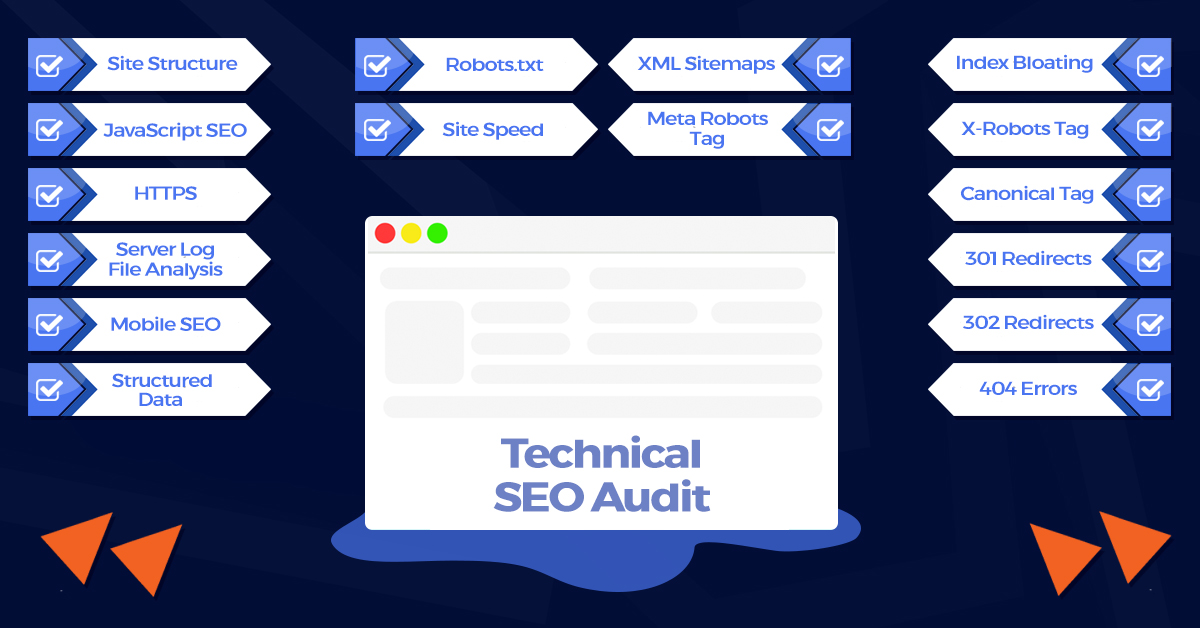
Technical Optimisation
Technical SEO focuses on the functional side of a website, helping search engine spiders find, crawl, and index the site effectively. It differs from on-page SEO, which concentrates on content, keywords, metadata, and page-specific elements.
Main areas of technical SEO include:
- Crawling – how search engines explore the site
- Indexing – storing, analyzing, and organizing content and pages
- Rendering – how search engines understand the site
- Speed – load times for good user experience
- Website architecture – content structure on the website
Technical optimization starts with an audit to identify issues. Tools like Ahrefs can be used to streamline the process, ensuring that the website’s technical aspects are well-optimized to complement on-page SEO efforts.
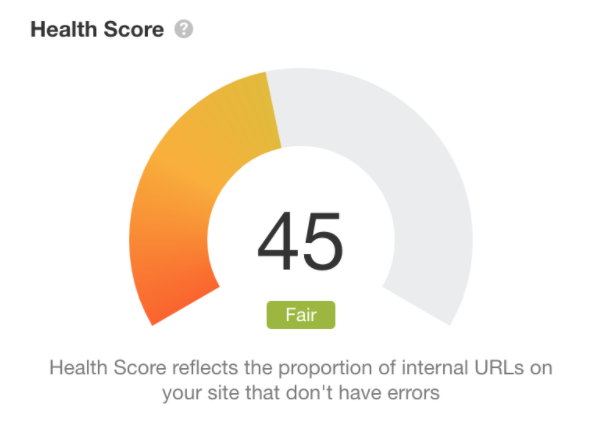
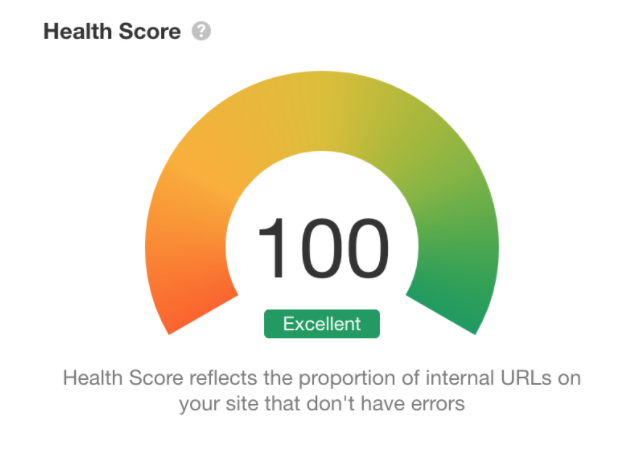
There were a few issues that Ahrefs managed to identify, such as:
- Mixed content issues
- Duplicate H1 tags
- Multiple 404 pages
- Low word count on several pages
- Slow site speed
These were minor issues that had little influence over the site’s rankings, but that required fixing nonetheless.
To ensure that the site continues to perform optimally, we let Ahrefs crawl it every 7 days. Although this is not a crucial step of the process, it does help catch issues in due time and provides peace of mind.
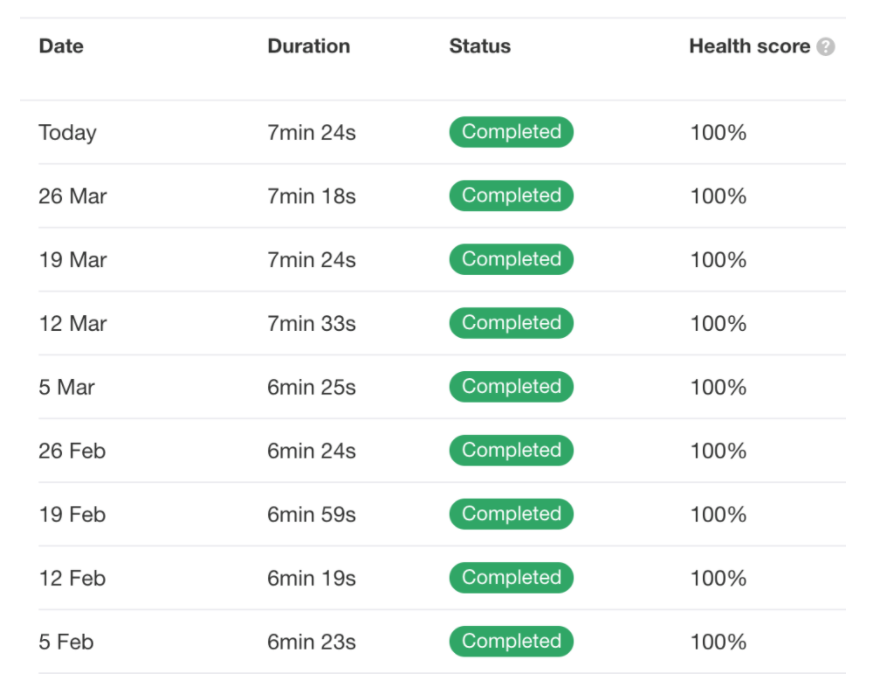
Site Structure
Internal links are a crucial aspect of technical SEO, as they help establish site architecture and improve website navigation. They guide visitors from one page to another, and can boost organic traffic by up to 40%. They also help search engines understand the site’s structure, discover pages, and increase crawlability.
To create a strong internal linking structure:
- Link all pages back to the home page
- Link service pages back to the main service page
- Link suburb pages back to area pages
- Link area pages back to the home page
- Interlink blog posts with each other and relevant pages
This is an example of how we put things into practice:
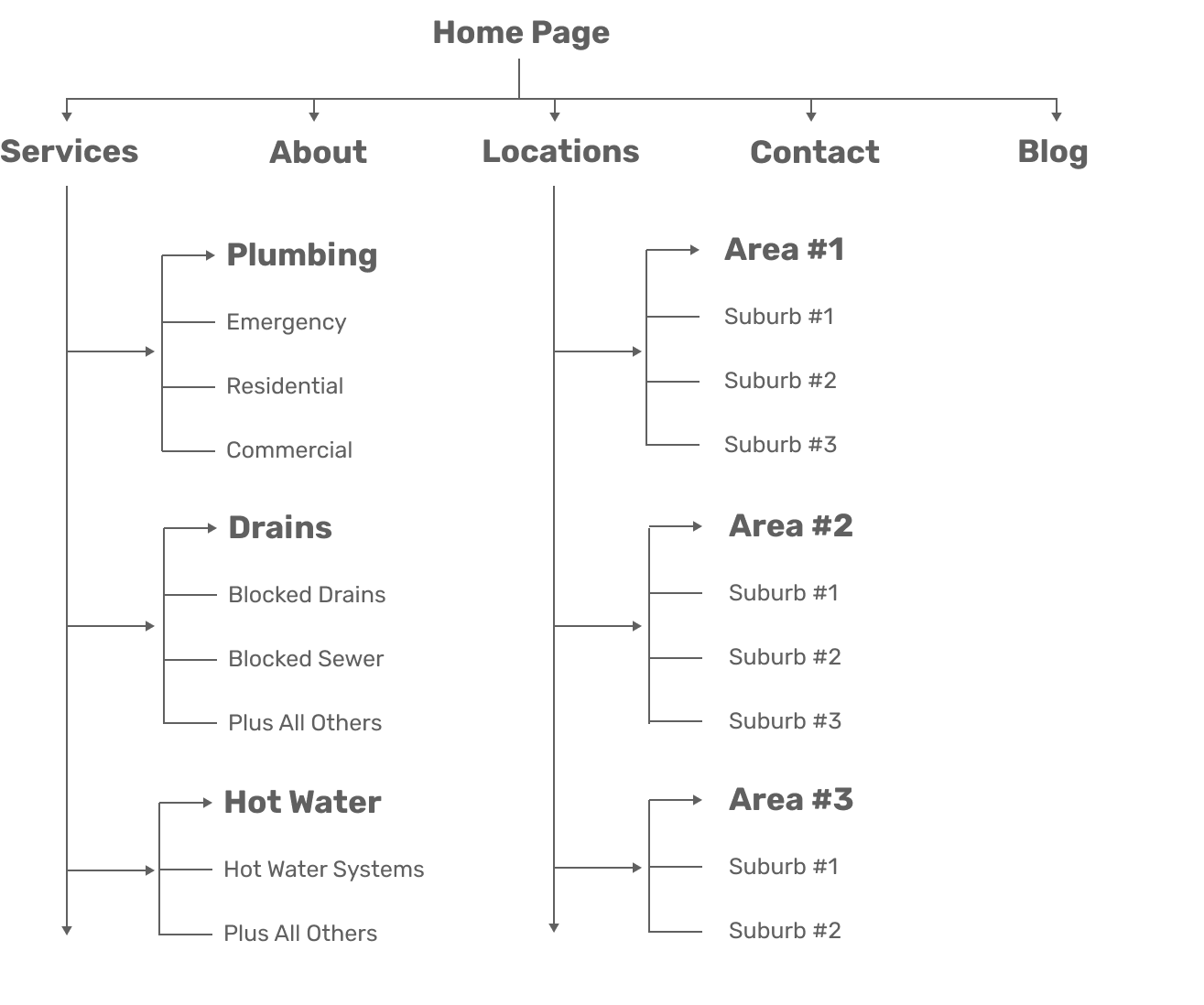
E-A-T Compliance
E-A-T stands for Expertise, Authoritativeness, and Trustworthiness. It is a concept from Google’s Search Quality Evaluator Guidelines that helps identify high-quality pages. Although not direct ranking factors, E-A-T principles are important, especially for sensitive topics like health, legal, or financial advice.
To achieve high E-A-T, focus on a long-term SEO strategy that provides a holistic approach to optimization. This ensures websites stay at the top of Google rankings for longer. Start by conducting a thorough audit of the website to identify areas needing improvement, and then implement necessary optimizations.
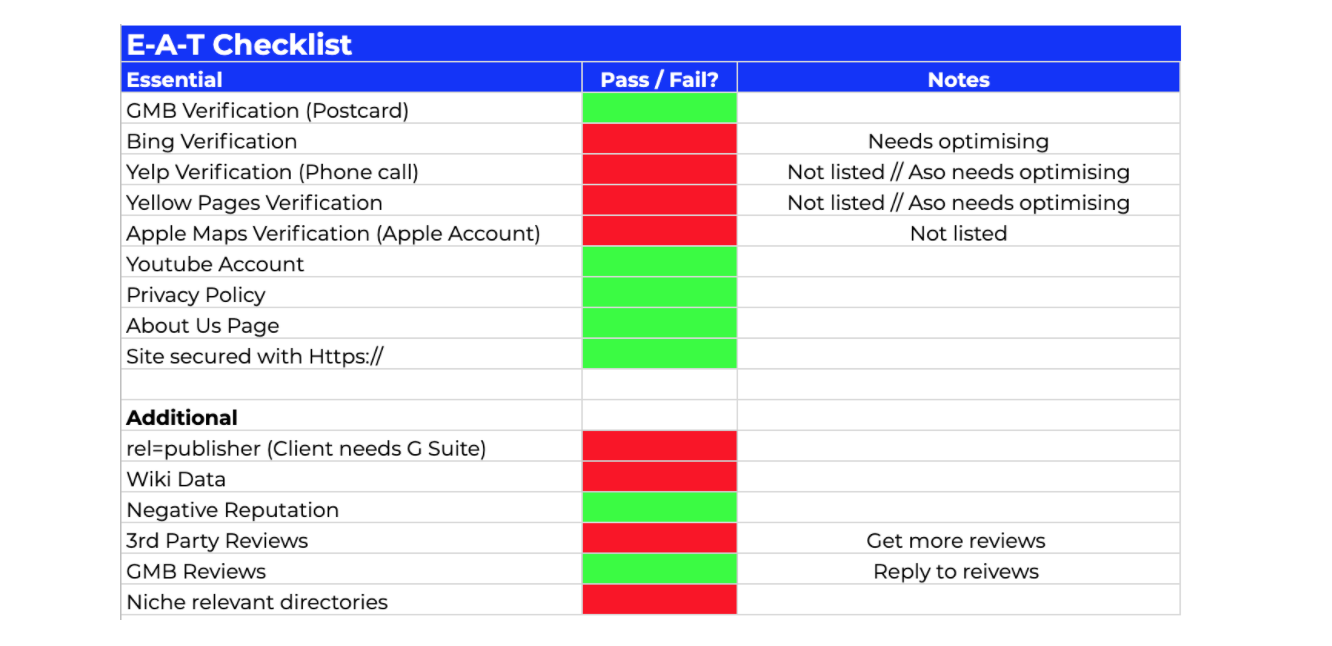
Improving Website Speed
Website speed is crucial as it impacts both user experience and search engine rankings. Users are likely to abandon a site that takes more than 3 seconds to load, resulting in lower conversion rates. Google also penalizes slow websites, causing them to rank lower in search results.
In this case, the site had a below-average load time of 11 seconds. To improve the speed, Nitro Pack was downloaded and installed.

This is rather a quick fix for improving page speed, so when it fails to provide the expected results, there are other actions that can help, such as:
- Moving the site to a local server – our choice is Cloudways
- Deleting unused plugins
- Manually decreasing image sizes
- Minimising JavaScript & CSS
- Installing Nitro Pack for added boost

Google My Business (GMB) is essential for local businesses, as it improves local search visibility, facilitates customer trust and authority, and increases foot traffic and phone calls. Almost 46% of Google searches are local, and over 50% of ‘near me’ searches lead to store visits.
The primary goal for the service-based client’s SEO campaign was to optimize their GMB listing. A 20-point GMB audit was conducted to identify any issues and areas for optimization. After understanding the shortcomings, optimizations were made to compete with top competitors for main keywords in their specific locations.
Some of the checks and optimisations include:
- Name Check
- Address check
- Phone Number Check
- Duplicate Listing Check
- GMB Category Check
- Possum Filtering Check
- 750 Character rich description
- At least 10x services
- Service areas added
- 700-word GMB website
- GMB Details filled out
- Hybrid/Service Area Radius Check
- NAPW Consistency
- Photo Check
- Negative Review check
Google My Business Posts
GMB posts are part of a consistent long-term SEO strategy. These mini blog posts of 100 words are scheduled 2-3 times per week for 12 months.
Although the posts may not directly result in actions, they serve a purpose in building authority and relevance. The posts create unique URLs on the GMB site, which can be used for link building. They also contain links to other pages, passing equity and boosting the site’s relevance.
Additionally, the posts can be used to build do-follow links to your site, social media profiles, top citations, and other online profiles, tapping into their value.

Google My Business Website
Google My Business (GMB) allows businesses to create free, mobile-optimized, and customizable websites to enhance SEO efforts.
These websites are easy to set up, and they can be used to add links back to the client’s website. A keyword-rich title and content are added to the GMB site, along with main and variation keywords, bolded keywords, hyperlinked contact information, a backlink to the maps listing URL or CID, and anchor text links to the home and target pages.
After completing these tasks, the website is launched, and the target page is linked to the GMB website using branded anchor text.
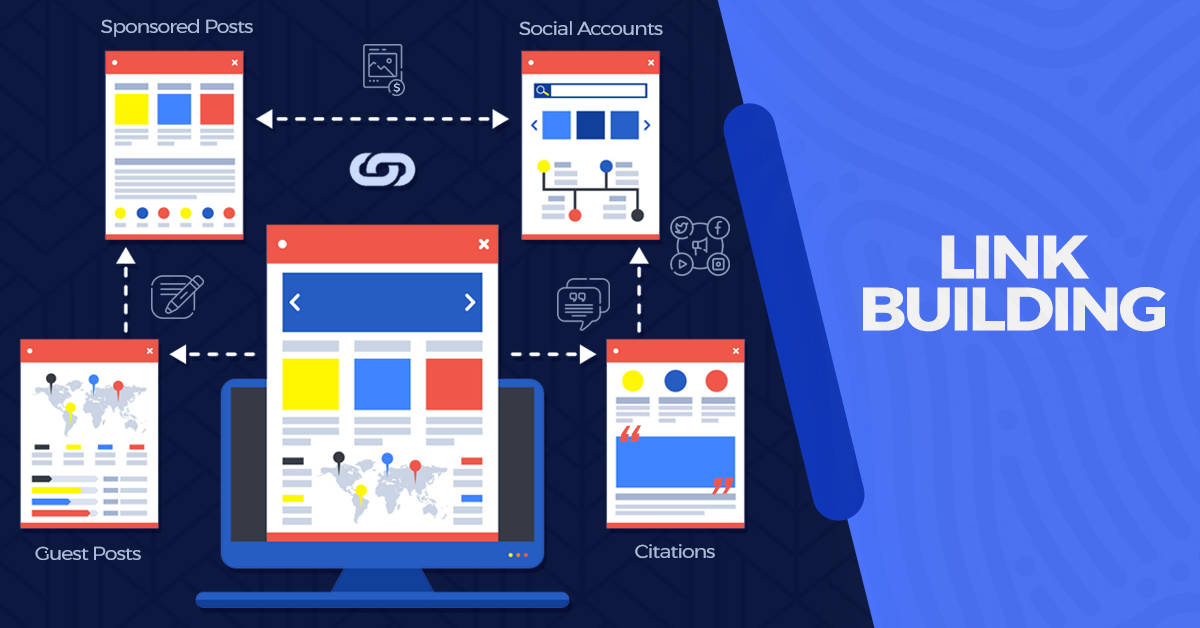
Link Building
Link building is an essential part of a successful SEO strategy, as it builds credibility, boosts rankings, increases web traffic, establishes authority, and more. Three effective link building techniques include social accounts, citations, and guest posts. Social media platforms offer businesses a way to engage with their target audience, improve online visibility, and boost brand awareness, leading to higher rankings.
- Social accounts
- Citations
- Guest Posts
Brand social accounts
The process involves manually creating 80 social profiles with keyword-optimized descriptions, tags, and content, as well as completed categories and service areas. After setting up these accounts, they are interlinked to boost exposure.
Link to list of accounts to build out
Citations
Citations are online mentions of a business that include the name, address, and phone number (NAP). They can appear on various platforms such as business directories and social media, making it easier for people to discover the business. Citations play a significant role in influencing local search engine rankings, as they help improve the business’s visibility and credibility online.
Link to list of accounts to build out
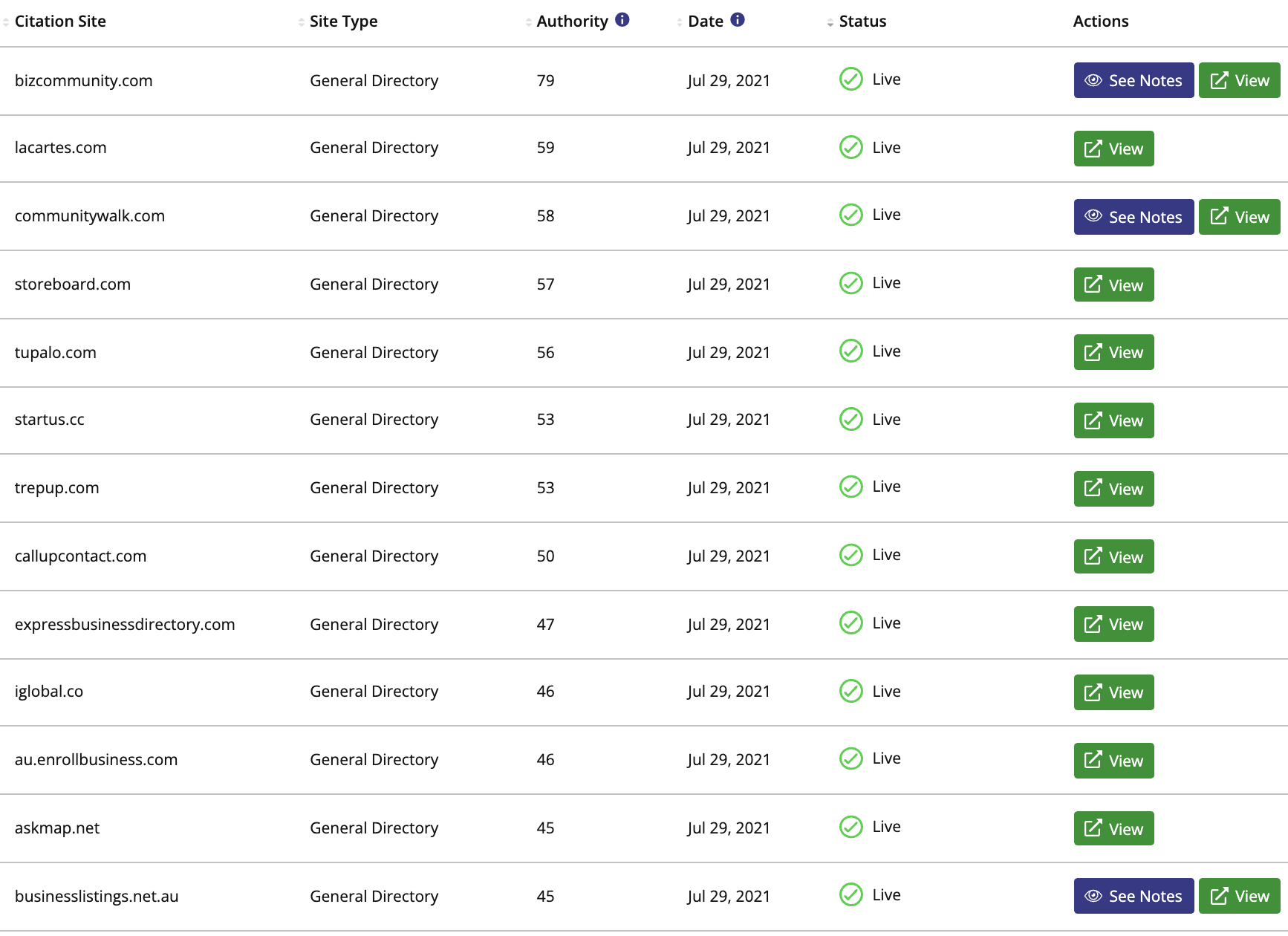
Guest Posts
Guest posting is a SEO tactic involving writing and publishing content on another website or blog to establish authority, increase brand awareness, and drive traffic to your site. Some best practices include:
- Limiting the number of guest posts to one or two high-quality articles per month.
- Choosing target pages wisely, such as the homepage or location pages connected to the GMB listing.
- Avoiding exact match anchor text for links; use branded or brand + geo anchors instead.
- Engaging in conversation on the posts to build authority.
The process involves finding guest blogging opportunities on relevant sites with over 1000 monthly visitors, contacting the blog owner with a personalized email, and proposing a guest post. If accepted, fees may range from $50 to $300+ depending on the site. After publication, ensure the correct links are included and functioning properly.
The Final Result
In summary, a 12-month SEO campaign is a marathon requiring perseverance, effort, and patience. The investment of resources is justifiable, as it yields positive results. There are no shortcuts to creating an effective SEO campaign, which is why a holistic approach is essential, addressing it from various angles rather than focusing on a single factor or strategy.
Each step in the process, from on-page SEO optimizations and GMB listings to link building, contributes significantly to the final result. In this case study, the 12-month campaign led to a 41% increase in new users over the previous year, demonstrating the value and effectiveness of the comprehensive SEO efforts.
Google My Business Rankings for Main Keyword

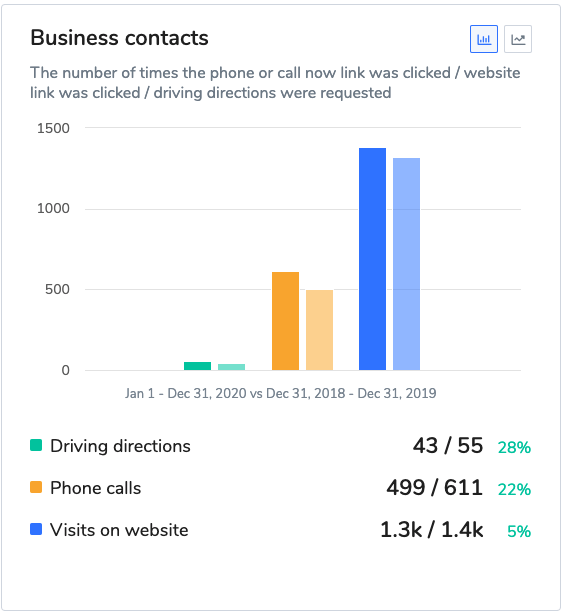
Overall Website Organic Traffic
